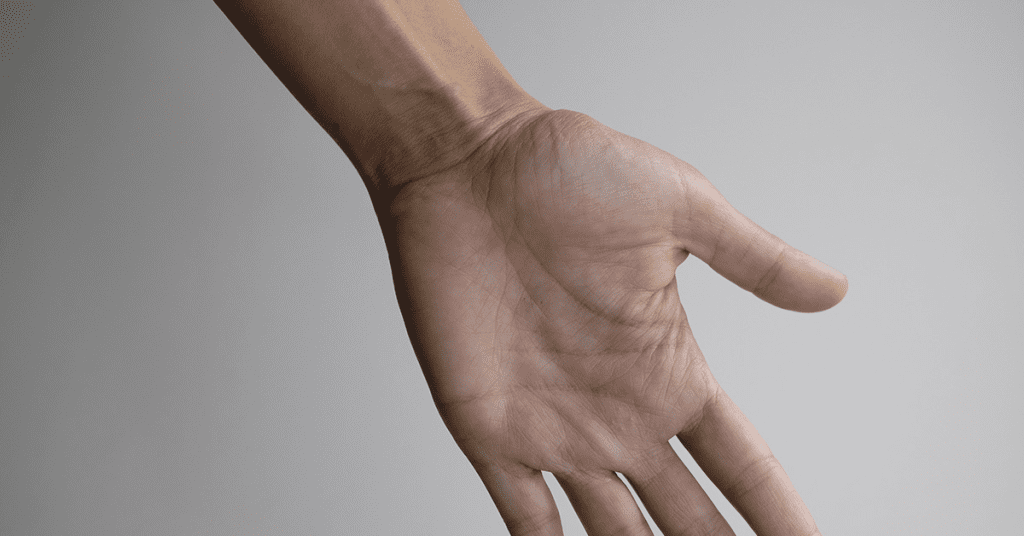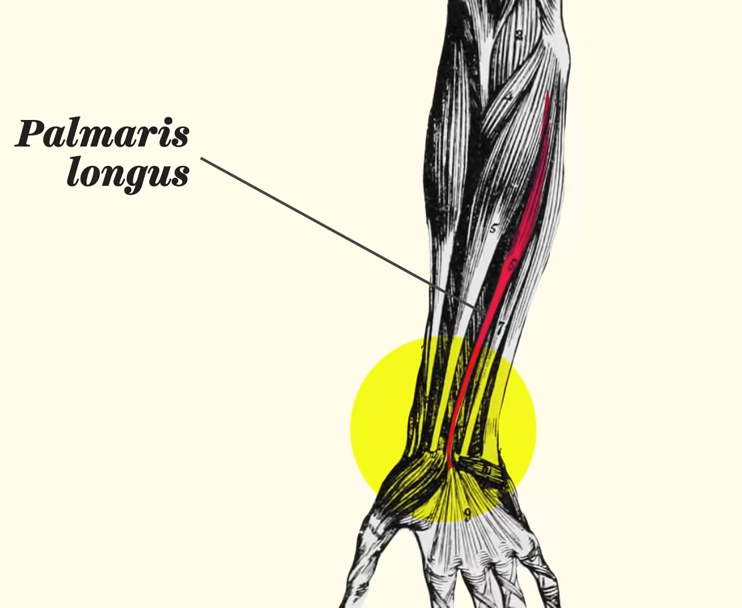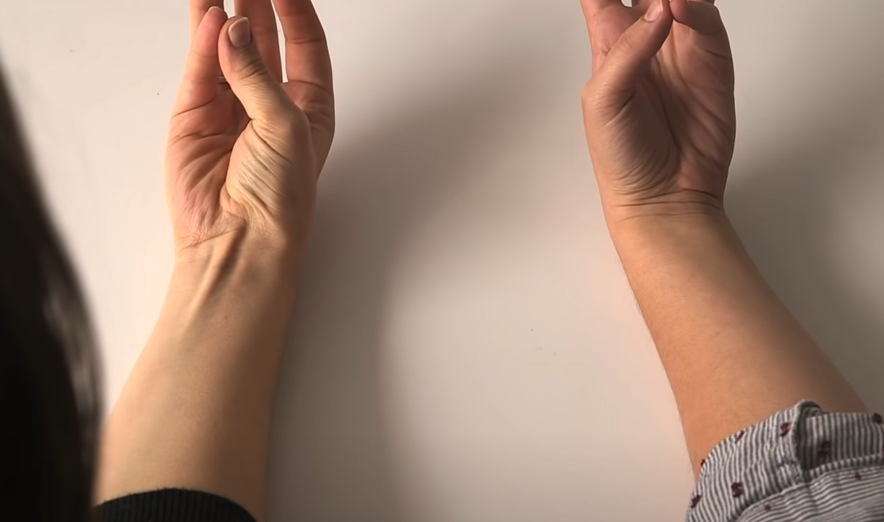Evolution is an extraordinary journey, revealing how all mammals, including humans, are interwoven within a vast tapestry of life. While evolutionary theory may seem abstract, the proof of our shared heritage lies within our own bodies. From goosebumps to a specific tendon in our wrists, these physical traits serve as reminders of our ancient ancestors. Let’s explore the intriguing ways in which our bodies carry the echoes of evolution, and how these traces offer a glimpse into our incredible past.
Goosebumps: A Link to Our Mammalian Ancestors

Have you ever experienced goosebumps? That sudden prickling sensation when your skin rises with tiny bumps is actually a direct link to our mammalian forebears. When humans get goosebumps, small muscles attached to hair follicles contract, causing the hairs to stand upright and creating the familiar bumpy texture on our skin.
In our furry ancestors, this response served an essential purpose—retaining heat by increasing surface area in colder temperatures. For animals, this reaction also acted as a defense mechanism. When threatened, their fur would puff up, making them appear larger and more intimidating to potential predators. While we no longer rely on fur for warmth or defense, the goosebumps remain, connecting us to a time when these reactions were crucial for survival.
The Instinct to Appear Larger: A Shared Trait Among Mammals
This defensive puffing is still common in animals today. When a cat encounters a threat, it raises its fur to seem bigger and more imposing. Birds do something similar, especially in colder weather. Take a look at pigeons on a chilly day, and you’ll see them puff up, creating a fluffy appearance to retain warmth.
These behaviors, like the goosebumps we experience, reflect an evolutionary adaptation aimed at protection. Both humans and animals share this instinct, a silent yet powerful reminder of our common ancestry.
The Palmaris Longus Tendon: A Hidden Vestige in Our Wrists
Evolution has also left traces within our muscles and tendons. One of the most intriguing examples is the palmaris longus tendon, found in our forearms. This tendon, present in about 85–90% of humans, was essential for our tree-dwelling primate ancestors, aiding them in gripping branches as they moved through forests.
Today, this tendon serves no significant purpose in humans, as we no longer need it for survival. In fact, roughly 10–15% of people lack this tendon altogether, a testament to the ongoing process of evolution. To see if you have it, lay your forearm on a flat surface with your palm facing upward, then touch your pinky finger to your thumb and lift your hand slightly. If a raised band appears in the middle of your wrist, you have this remnant from our evolutionary past.
How to Spot Other Evolutionary Relics in the Human Body

Beyond goosebumps and tendons, our bodies carry other subtle traces of evolution. Many of these traits no longer serve a practical function but reveal fascinating insights into how humans evolved. Consider wisdom teeth, for example, which were once essential for chewing tough plant matter. In modern humans, they often cause dental issues because our jaws have become smaller over time.
Another example is the coccyx, or tailbone, which is the vestige of a tail that early primates once had. While tails disappeared from the human lineage millions of years ago, the coccyx remains as a reminder of our ancient primate origins.
Does Evolution Still Influence Us Today?
These vestigial traits offer a glimpse into how evolution shapes us. Human evolution is a gradual process that continues over millennia, and while we don’t notice it in real-time, our bodies are still adapting. Traits we once needed may disappear as we continue to evolve and adapt to changing environments. The presence or absence of these features serves as an ongoing record of this process.
Interestingly, people without the palmaris longus tendon are no less capable than those with it, illustrating how evolution adapts us based on the demands of our environments. As we continue to evolve, future generations may carry even fewer remnants of our ancient ancestry.
Evolutionary Adaptations Beyond Humans

It’s not just humans who carry evolutionary relics. Many animals exhibit vestigial traits as well. Flightless birds, such as ostriches, still have wings, though they serve no purpose for flight. These wings are leftovers from a time when their ancestors could fly. Similarly, whales have remnants of leg bones deep within their bodies, a reminder that their ancestors once walked on land.
These examples remind us that evolution doesn’t just shape individual species—it connects all life on Earth through shared characteristics and adaptations. Each adaptation serves a purpose, even if that purpose has long since faded with time.
The Awe-Inspiring Story of Our Evolutionary Journey
Our bodies are like living archives, preserving pieces of our evolutionary journey that date back millions of years. When we get goosebumps, observe the palmaris longus tendon in our wrists, or notice other vestiges, we are witnessing evidence of the extraordinary resilience of life.
These evolutionary quirks remind us that our ancestors navigated challenges that shaped us into the species we are today. They also show how interconnected we are with other animals, sharing similar responses and adaptations. The ongoing changes in our bodies are part of a broader evolutionary narrative that stretches far beyond our own species.
Conclusion: Celebrating Our Evolutionary Tapestry
The evolutionary traces in our bodies are more than scientific curiosities. They are living testaments to our shared history, reminders of the immense power of adaptation and survival. From goosebumps and tendon remnants to the simple fact that we share these traits with other mammals, we are bound together by a story that spans millions of years.
These remnants, though often unnoticed, offer a deep and abiding connection to our past. They invite us to marvel at the grand tapestry of evolution and to embrace the extraordinary journey that has brought us here. By celebrating these evolutionary breadcrumbs, we gain a profound appreciation for the resilience of life and the interconnectedness of all living beings. Evolution isn’t just a theory—it’s a tangible force etched into our very bodies, guiding us as we continue to adapt, evolve, and thrive on this ever-changing planet.


